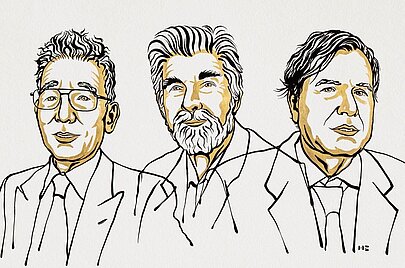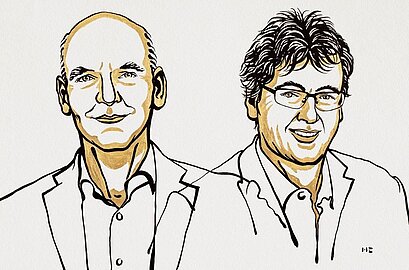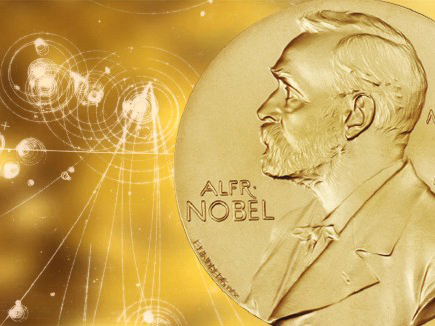A few days ago, the 2021 Nobel Prizes were awarded and between the two categories of Physics and Chemistry respectively, there have been several winners.
The winners of the Nobel Prize in Physics have been Syukuro Manabe, Klaus Hasselmann and Giorgio Parisi. They have been awarded this enormous recognition for finding new methods to describe and predict long-term disorder and randomness in complex systems.
Syukuro Manabe managed to demonstrate how an increase in carbon dioxide levels in the atmosphere leads to an increase in temperatures on the Earth’s surface. The Japanese scientist already led the development of physical models of the Earth’s climate in the 1960s, as well as being the first person to explore the interaction between radiation balance and the vertical transport of air masses. For all these reasons, his efforts throughout his 90 years of life have laid the foundations for the development of the climate models that are used today, earning him the highest award, the Nobel Prize, a prize that he shares with Klaus Hasselmann. The German researcher created a model that links climate and weather to explain why climate models – thought out in the long term – can be reliable even though the weather – where the short term comes into play – is chaotic and changing. In addition, he also developed models to identify the traces left by natural phenomena and human activity on the climate.
Based on Hasselmann’s research and being able to know these specific signals, his methods have been used to demonstrate that the increase in temperature in the atmosphere is due to human emissions of carbon dioxide. Thanks to the research of these scientists, we know how climate change works and what human involvement is in this process.
The third prizewinner in Physics, Giorgio Parisi, discovered hidden patterns in complex disordered materials in the 1980s, contributions that are among the most important in the field of complex systems theory. His research has made possible the understanding and description of apparently random materials and phenomena in areas such as physics, mathematics, biology, neuroscience and machine learning.

Syukuro Manabe, Klauss Hasselmann and Giorgio Parisi, Nobel Prizes in Physics
On the other hand, in the Chemistry category, the Nobel Prize was awarded this year to Benjamin List and David MacMillan. The Royal Swedish Academy of Sciences has awarded the two scientists for the discovery of asymmetric organocatalysis, a new and precise tool for molecular construction.
As industry advances, the ability of chemists to create new molecules capable of forming elastic and durable materials, storing energy or inhibiting the development of diseases is increasingly in demand. This entire enormous framework requires catalysts, substances that control and accelerate chemical reactions without being part of the final product. The human body is no exception, as it also contains thousands of catalysts in the form of enzymes, which chisel the molecules necessary for life.
In principle, there were only two types of catalysts that allowed chemists to carry out their work: metals and enzymes. However, in the year 2000 everything changed. A chemical revolution was brewing simultaneously in Germany and the United States when Benjamin List and David MacMillan independently developed a third type of catalysis: asymmetric organocatalysis, capable of building on small organic molecules.
The tools of these two chemists have revolutionized the way molecules are built. Organic catalysts have a stable framework of carbon atoms to which many chemical groups can be attached. These often contain elements as common as oxygen, nitrogen, sulfur or phosphorus, which means that these catalysts are environmentally friendly and cheap to produce.

Benjamin List and David MacMillan, Nobel Prizes in Chemistry
Organocatalysis has developed rapidly since 2000 and List and MacMillan continue to be leaders in the field today, demonstrating that organic catalysts can be used to drive a multitude of chemical reactions. As a result, researchers can now build virtually anything from pharmaceuticals to molecules used to capture light much more efficiently. Organocatalysts are undoubtedly bringing great benefits to humanity, a fact that has not been lost on the Royal Swedish Academy of Sciences.



